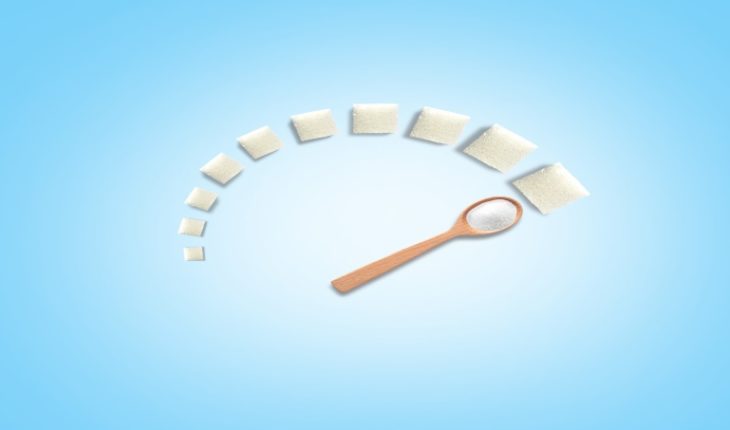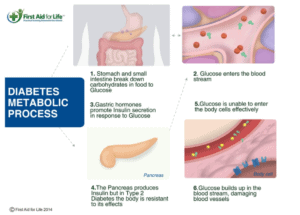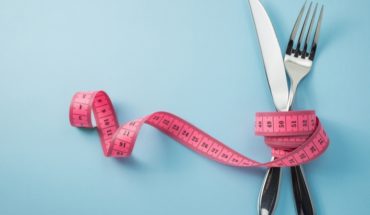Diabetes facts: One in 15 people in the UK have diabetes. This includes one million people who have Type 2 but haven’t yet been diagnosed. In the UK, there is a diagnosis of diabetes every two minutes. According to the World Health Organization (WHO), there are around 422 million people are living with diabetes worldwide. Between 1980 and 2016 the number of people with diabetes quadrupled.
The rise is partly attributed to increases in the number of people who are overweight – including an increase in obesity – and in a lack of physical activity.
Estimates show that South East Asia and Western Pacific Regions, have the largest numbers of people with diabetes, accounting for approximately half the diabetics in the world.
Furthermore, diabetes is one of the leading causes of death in the world. There are 1.6 million deaths directly attributed to diabetes each year. The majority of these deaths happen in low and middle-income countries.
What is diabetes?
Diabetes is a chronic condition where someone is unable to adequately regulate their blood glucose levels. The body produces the hormone insulin which helps the body burn off sugars. In other words, if someone’s body has problems with insulin production, they will develop diabetes. In addition, if glucose can’t get into your cells, it begins to build up in your blood.
Having too much glucose in your blood causes many different problems.
Insufficient insulin or ineffective insulin causes diabetes. There are two main types – Type 1 and Type 2.
Type 1 Diabetes
Type 1 can occur in any age group but is most commonly diagnosed in children. Lifestyle or weight are not usually factors but it affects insulin production. Type 1 diabetics usually control their diabetes with injections of insulin
Type 2 Diabetes
This is the more widespread type. It tends to develop later in life, and obesity is often a factor. Type 2 diabetes develops when the body is unable to make enough insulin, or when the insulin that is produced does not work properly (known as insulin resistance). Diet, exercise or oral medication – or a combination of all three can control Type 2 Diabetes
Diabetes is preventable
In fact, it is possible that Type 2 diabetes can be prevented: by 30 minutes of moderate-intensity physical activity on most days. Moreover a healthy diet can seriously reduce your risk of developing type 2 diabetes.
Some patients are diagnosed as being pre-diabetic, or having insulin resistance. Often lifestyle changes, modifying the diet, exercising and losing weight can change this diagnosis.
Gestational diabetes
Diabetes can also occur in pregnant ladies – gestational diabetes. This usually resolves post birth.
Diabetes symptoms
In the short term this build-up of glucose leads to diabetes symptoms, like having to wee a lot.
The term ‘diabetes’ which was coined by The Greek physician Aretaeus of Cappodocia (81-133 A.D) translates as “flowing through” in Greek. In ancient times, doctors would test for diabetes by tasting urine to see if it was sweet.
Other symptoms include:
- Urination
- Thirst
- Nausea
- Dry skin
- Disorientation and, in later stages, drowsiness and a gradual loss of consciousness
- Fatigue
- Losing weight
- Wounds taking longer to heal
- Genital itching and thrush
Complications of diabetes
Over a longer time and left untreated the high glucose levels in your blood can seriously damage your heart, eyes, feet and kidneys. Diabetes is an important cause of blindness, amputation, kidney failure, vision loss, nerve damage, heart attack and stroke.
With diabetes, early detection, diagnosis and intervention is key. The longer a person lives with undiagnosed diabetes the more serious their health outcomes are likely to be. Happily, with the right treatment and care, many people with diabetes live a healthy life.
First aid treatment for diabetes is more likely to be necessary for low blood sugar levels than high. This is because high blood sugar levels usually build over a few days or weeks, whereas low levels can come on very fast. Blood sugar can drop very quickly if the person has missed a meal or done any strenuous exercise.
Low Blood Sugar/Hypoglycaemia
Blood glucose levels can drop very fast if someone who is diabetic has skipped a meal, done a lot of exercise; also, if they are ill, or have given themselves too much insulin. When treatment is not speedy, they can rapidly start to lose consciousness and fall into a diabetic coma. This can be fatal.
Signs and symptoms of low blood sugar
- Behaving unusually
- Showing aggression
- Appearing slightly confused or drunk
- Being pale, cold, shaky and sweaty
- Having shallow, rapid breathing and a fast, strong pulse
- Seizures
Treatment for low blood sugar
- Sit them down and give them a sugary drink, or glucose sweets (not a diet drink).
- If they begin to feel better, give them more drinks and some food, particularly biscuits or bread to sustain their blood sugar – A jam sandwich is great.
- Phone the emergency services, if they don’t feel better within 10 minutes or they begin to get worse.
- If they lose consciousness but are breathing, put into the recovery position and phone the emergency services.
- If they stop breathing, prepare to give CPR.
Do not attempt to give an unconscious casualty anything to eat or drink.
Above all, never give them insulin as this will further lower their blood sugar and could kill them.
If hypoglycaemia was not the problem and you gave a sugary drink, you are highly unlikely to have made anything worse. In cases where you diagnose their levels as high not low (extremely unlikely), the glucose you have given them is tiny compared with that in their blood. Should they not feel better after the sugary drink always contact their diabetes nurse specialist or doctor for advice and encourage them to get checked.
Even if someone appears to have recovered, ensure they receive urgent medical advice. This is particularly important at night, as insulin is still active in the blood stream while they are asleep and the blood sugar levels will therefore drop again and they could drift from sleeping to unconsciousness.
High Blood Sugar
If you are looking after someone who develops weight loss, excessive urination, thirst and tiredness, these could be symptoms of hyperglycaemia or an indication of Diabetes and they should visit their family doctor as a matter of urgency.
Phone for an ambulance: if they deteriorate quickly and begin to get drowsy, their breath smells of pear drops, and they start to lose consciousness.
Hyperosmolar Hyperglycaemic State (HHS) is a serious condition that can occur in people with diagnosed Type 2 diabetes who experience very high blood glucose levels (often over 40mmol/l). It can develop over a course of weeks through a combination of illness (such as infection) and dehydration.
Stopping diabetes medication during illness (such as swallowing difficulties or nausea) can contribute. However, blood glucose often rises despite the usual diabetes medication, due to the effect of other hormones the body produces during illness.
- Symptoms
- Urination
- Thirst
- Nausea
- Dry skin
- Disorientation and, in later stages, drowsiness and a gradual loss of consciousness
- Fatigue
- Losing weight
- Wounds taking longer to heal
- Genital itching and thrush
HHS is a potentially life-threatening emergency
Hospital treatment for HHS aims to correct dehydration and bring blood glucose down to an acceptable level by giving replacement fluid and insulin by an intravenous drip.
HHS does not usually lead to the presence of ketones in the urine, as occurs in diabetic ketoacidosis(DKA). This is therefore why it was previously referred to as HONK (hyperglycaemic hyperosmolar non-ketotic coma).
In addition, ketones develop when the blood glucose level is high due to lack of insulin. Insulin is necessary to allow glucose to enter the cells for energy.
Moreover, because people with Type 2 diabetes may still be producing some insulin, ketones may not be created.
How you can help:
- Encourage the diabetic person to take their diabetes medication, even if they feel unwell and can’t eat
- If they monitor their blood glucose, they may need to test more frequently
- They should contact their healthcare team if their blood glucose levels remain high (>15mmol/l)
- Urge them to drink plenty of unsweetened fluids
- If they can’t eat, replace meals with snacks and drinks, containing carbohydrate
- Suggest they contact their Diabetes Nurse Specialist for advice if they are unwell
Read our article on vital information friends and family need to know about diabetes here: https://firstaidforlife.org.uk/diabetes-2/
Find out more here: https://www.diabetes.org.uk/?gclid=EAIaIQobChMIiOKU8fOx4gIV6LvtCh3QOA2UEAAYASAAEgKsxfD_BwE
We include diabetes on most of our courses and run specialist courses covering this subject too. Therefore, please join one of our practical or online first aid courses and learn more about this and so many other life saving topics.
- What is a seizure? - 13th March 2025
- Febrile Convulsions and Seizures in Children - 13th March 2025
- Why women are less likely to receive CPR or survive cardiac arrest - 6th March 2025








